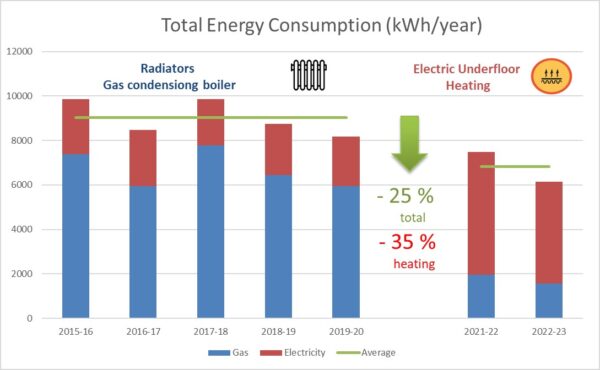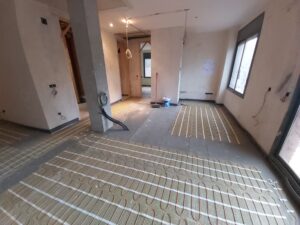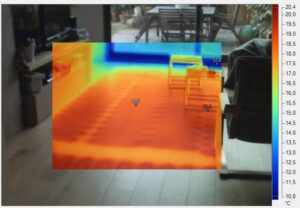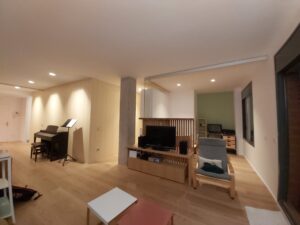Energy saving, probably one of the most popular topics in the last few years. There is actually a huge amount of available information, studies of all types, different system classifications, etc… However, even for people in the sector, it is very difficult to sort this bunch of information to get some reliable comparisons. Each study is done in specific conditions, standards for the different systems are different, and it is almost impossible to compare different systems. There are very few data that offers a reliable comparison of system in the same conditions.
In this article, we present a real energy consumption comparison in an apartment with two different heating systems, before and after total renovation, in which neither closing, neither insulation has been changed. The same people are living in the apartment with the same use/presence pattern. That’s the reason why the energy consumption data allows a reliable comparison of the energy efficiency of both heating systems without alteration from any other parameters.
Characteristics of the apartment and the installation: The apartment is 105 m2 wide, and has been constructed in the late 90’s, with all rooms with at least one external wall+window, with Northeast and Northwest orientation of external walls. A total renovation of the apartment was performed, without changes of closing, neither insulation. The previous heating system of high efficiency gas condensing boiler with radiators was replaced by electric underfloor heating in all rooms. Ceilhit heating mats of 120-150 and 180W/m2 were installed with a total output installed of 7,2kW. Regulation is performed with eight TFT WiFi (one per room). The total cost for the installation was 6.000€, including both materials (floor thermal insulation, heating mats, side band and Wifi thermostats) and the installation and configuration of the thermostats.

After two whole years running with the new heating systems, we can compare the average total energy consumption of the apartment. The total energy consumption has decreased by 25%, whereas the heating energy consumption has decreased by about 35 % (all other consumption, hot water and other energy consumption remaining the same).
The underfloor heating efficiency comes from a better heat transfer than convection systems, as well as an optimum temperature distribution. Moreover, the use of independent thermostats in each room as well as connected devices allows heating regulation matching exactly with the needs in each room and at any time. Besides the energy savings, it ensures an optimum comfort for the persons in the different rooms at all time.
Finally, when talking about total renovation, underfloor heating systems is of crucial importance at the time of project design. Underfloor heating systems can open new design possibilities, with no technical complications. In this case, a wide open space, free of radiators has been created, given priority to the functionality of the space and its design, maintaining at all time thermal comfort through the whole space.






